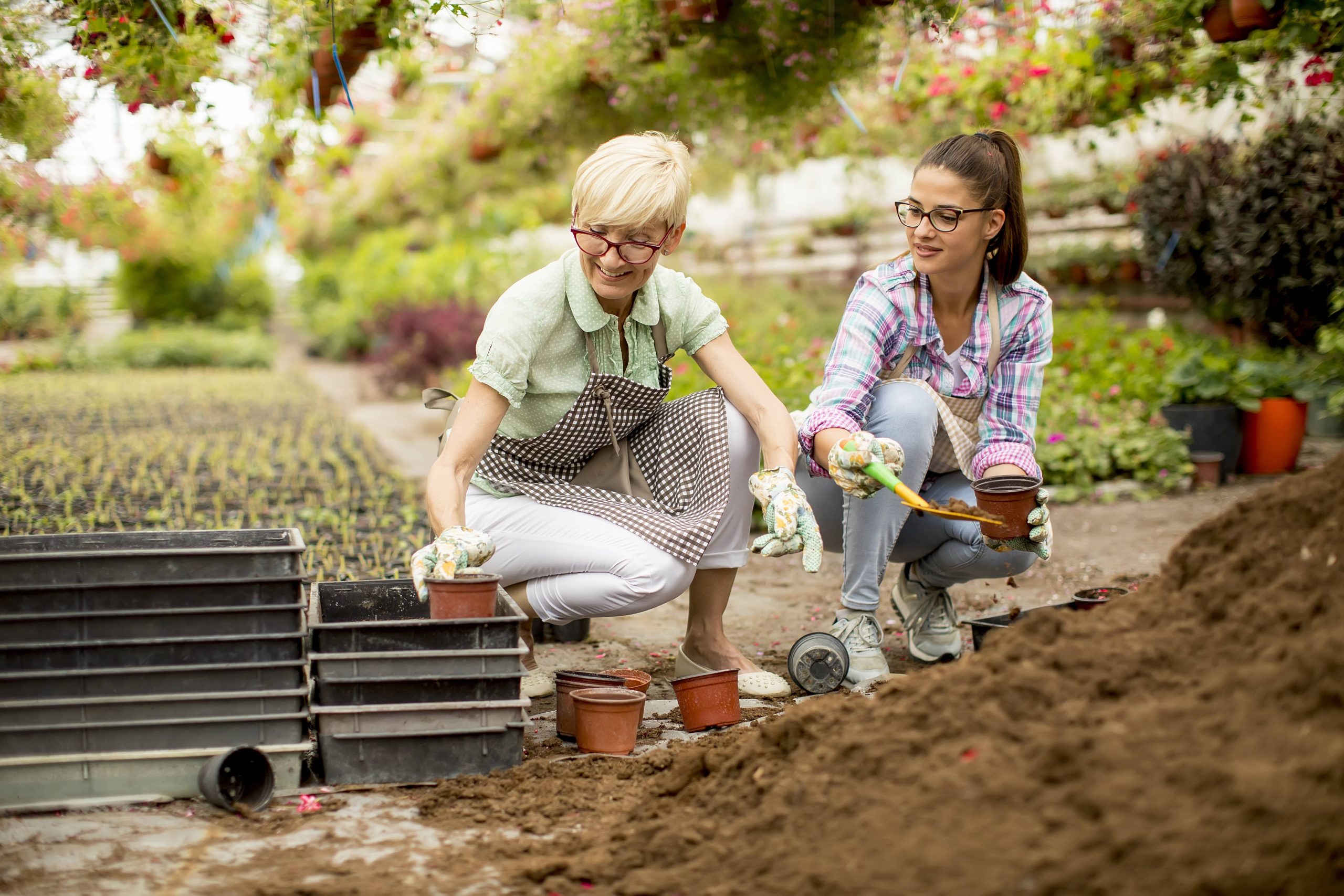
When it comes to creating a vibrant and lively garden, few visitors bring as much joy and energy as hummingbirds. These small, agile birds are not only stunning to watch with their iridescent feathers and rapid wingbeats, but they also play an important role in pollination. If you’ve ever wanted to attract these dazzling creatures to your outdoor space, selecting the right flowers is key. In this blog post, we’ll explore how to create a hummingbird-friendly garden with the perfect selection of flora.
Understanding Hummingbird Preferences
Before diving into specific flower selections, it’s important to understand what hummingbirds are looking for. These small birds are particularly drawn to colorful flowers, especially those in hues of red, orange, and pink. They have a preference for tubular-shaped flowers, which are ideally suited to their long beaks and tongues.
Moreover, hummingbirds require high-energy nectar to fuel their incredibly fast metabolism. Therefore, flowers with high nectar content are a must. They are also creatures of habit and loyalty, allocating time to revisit gardens that have consistently provided them with food.
Ideal Flower Characteristics
1. Color & Shape:
– Bright, vibrant colors: red, orange, pink, and purple.
– Tubular or trumpet-shaped flowers are preferred.
2. Nectar Content:
– Flowers that produce a significant amount of nectar.
– Consistency is key; flowers that regularly produce nectar throughout the day.
3. Timing & Placement:
– Flowers that bloom at various times throughout the growing season.
– Positioned to provide easy access for hummingbirds.
Top Flower Choices for Hummingbirds
Now that we have a better understanding of what attracts hummingbirds, let’s look at specific flowers that will draw them into your garden.
1. Trumpet Vine (Campsis radicans):
– Known for its bright red to orange tubular flowers.
– A vigorous vine that requires space and support but offers extended blooming periods.
2. Bee Balm (Monarda):
– Available in shades of red, pink, and purple, bee balm is a favorite.
– Aside from attracting hummingbirds, it also draws bees and butterflies, enhancing your garden’s pollinator diversity.
3. Salvia:
– With numerous varieties, salvias offer a range of vibrant colors, including red and purple.
– They’re drought-tolerant, making them a resilient choice for many gardens.
4. Columbine (Aquilegia):
– Boasts distinct, spurred flowers in red and orange that hummingbirds find irresistible.
– They are well-suited for woodland gardens and shaded areas.
5. Lantana:
– A colorful, hardy choice that thrives in warm climates.
– The small, multi-colored flowers cluster together, offering prolonged blooms.
6. Coral Bells (Heuchera):
– These offer delicate, bell-shaped flowers on tall stems.
– The foliage comes in a variety of striking colors, adding to the garden’s appeal.
7. Fuchsia:
– Known for its pendulous, teardrop-shaped flowers in vibrant colors.
– Ideal for hanging baskets, which also protect them from common pests.
Tips for a Hummingbird-Friendly Garden
To enhance your garden’s allure for hummingbirds, consider these additional tips:
– Plant Diversity: Include a mix of flowers that bloom at different times to ensure a continuous food source from early spring to late fall.
– Avoid Pesticides: Hummingbirds are sensitive to chemicals, so adopt organic gardening practices to keep your garden safe and inviting.
– Water Elements: Hummingbirds are attracted to water features like fountains or misters. These also provide opportunities to observe their bathing behavior.
– Create Layers: Include trees, shrubs, and flowers in your garden. This provides shelter and nesting sites, making your garden a more attractive habitat.
– Strategic Placement: Plant flowers in clusters to create focal points that are more visible to hummingbirds from a distance.
Building an Ecosystem
While the primary goal may be to attract hummingbirds, remember that your garden is part of a larger ecosystem. The presence of diverse plant life and a chemical-free environment will also support other pollinators like bees and butterflies. Creating a balanced ecosystem will not only attract and sustain hummingbirds but will also contribute to biodiversity, benefiting your garden’s health and resilience.
Final Thoughts
Welcoming hummingbirds into your garden is a rewarding endeavor that enhances both beauty and biodiversity. By carefully selecting and arranging the right flowers, you can create a vibrant, dynamic space that supports these incredible birds. With a bit of effort and attention to their needs, you’ll soon enjoy the sight of hummingbirds darting gracefully among your blooms, adding an enchanting element to your outdoor oasis. Remember, a hummingbird-friendly garden isn’t just about the flowers; it’s about creating a sanctuary that sustains and delights both humans and nature alike.













